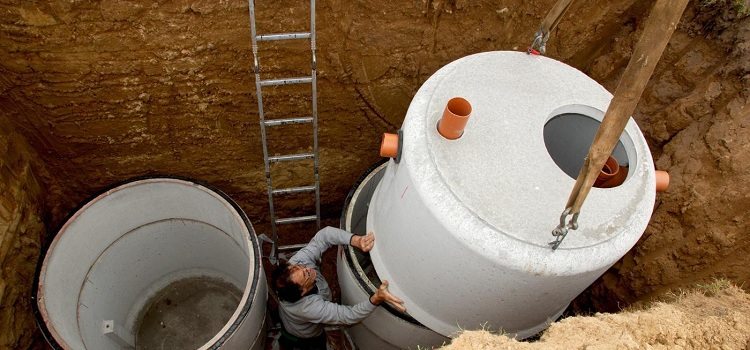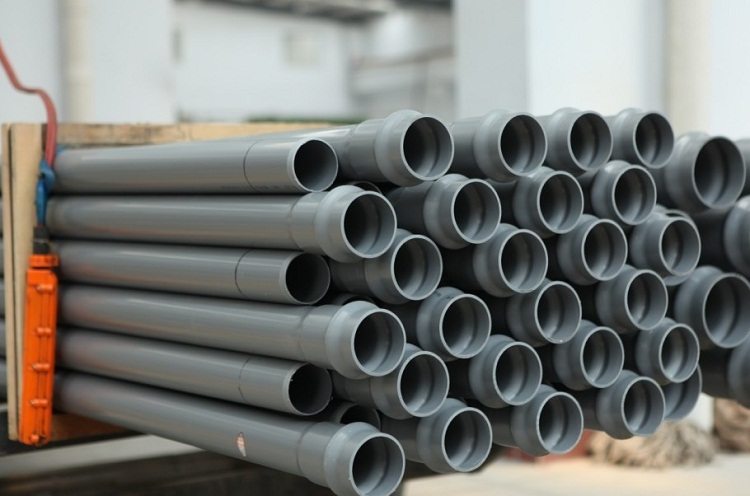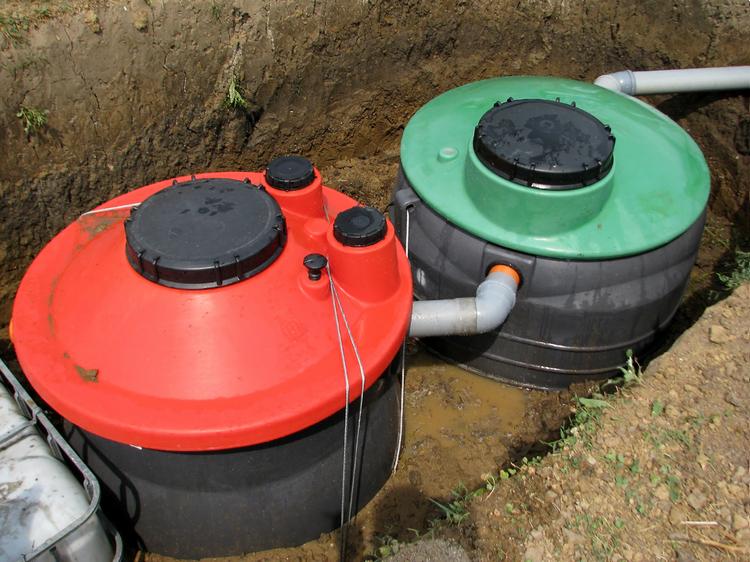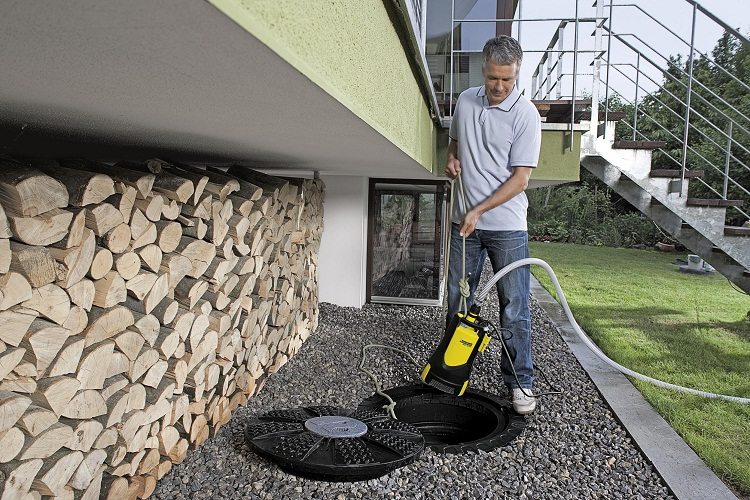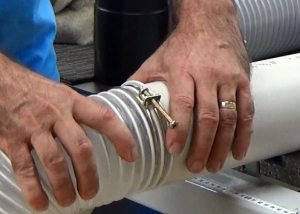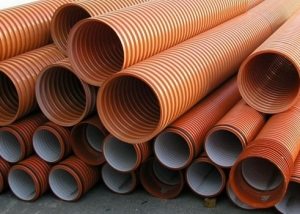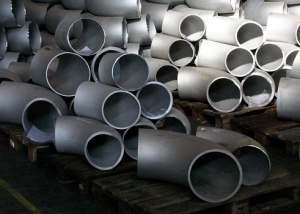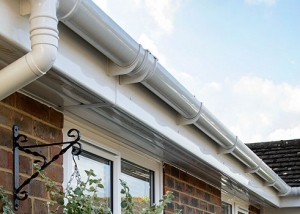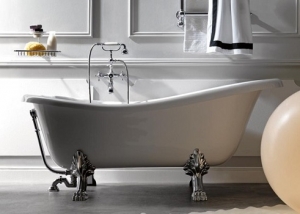The drainage network is divided into pressure and pressureless. The second type is the most common and involves the organization of natural movement downhill. Pressure sewer is a system of pressurized channels through which wastewater is transported under pressure to a place for their disposal or treatment. A powerful sewage pump is used to maintain the required pressure.
Content
Drainage in the life support system at home
The main life support systems for a home include:
- heating;
- water supply and sanitation;
- power supply;
- ventilation, etc.
The bookmark of almost all engineering communications is carried out in stages during the construction. Planning is carried out when creating the project.
Note! If it is not possible to connect to centralized water supply / removal systems, then individual independent waste disposal will be required.
Allocate the internal and external parts of the sewage network of the house. The first consists of many pipelines into which drains from connected sanitary devices enter: bathtubs, washbasins, showers, sinks and toilets.
Horizontally located channels are laid down with a slope in order to ensure gravity flow of sewage into the sewer riser. The latter, mounted vertically, rises above the roof and ends with a fan pipe. At the level of the basement or foundation, the riser enters the inclined pipe, which, beyond the boundaries of the building, becomes the beginning of the external sewage system.
The external part of the water disposal can be a gravity-flow system of pipelines, treatment facilities, wells or pressure sewer.
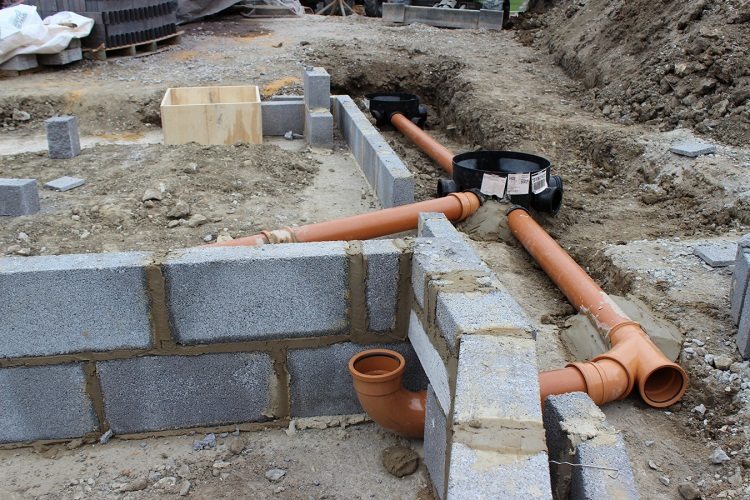
If a sewage pump is not supposed to be installed in a private house, then the pipes should be laid with a slope so that a gravity system is obtained
Pros and cons of pressure drainage
Pressure sewer, arranged, for example, from PVC pipes, has the following advantages:
- a small depth of the laying of channels, significantly reducing the labor costs of excavation;
- lack of compliance pipeline slope;
- providing self-cleaning of the channels from the inside;
- the possibility of using pipes with a smaller diameter than the gravity system, but commensurate with the pump nozzle.
External sewage and storm sewers are laid taking into account the depth of soil freezing in the region. PSince the waste masses move under pressure, the internal cavity of the main is simultaneously cleaned and various debris sticking to the channel walls is prevented.
Pressure sewer has a tangible minus - it is more expensive. The construction of a pumping station, sewage storage and a larger number of inspection wells significantly increase the overall cost of the project. In addition, the system is volatile. The blackout leads to the termination of pumping of the masses from the reservoir tank.
The nuances of using the network
There are several cases where the use of pressure sewer is necessary. These include:
- the location of the house below the level of the central sewerage (for example, in a beam);
- uneven terrain along the route of effluents to the disposal site;
- the need for open laying of sewer pipes (for example, above the road);
- the inability to dig trenches at an angle to ensure gravity of the waters;
- the need to use small diameter channels.
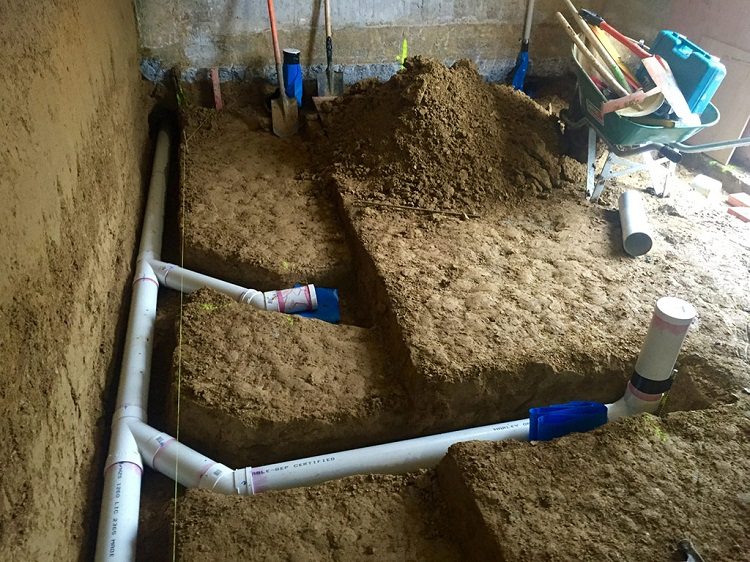
A system assembled from pipes of small diameter and not having a sufficient slope should only be pressure, otherwise there will be problems with drainage
Laying pressure sewage (PVC and other materials) requires coordination of the project with the engineering services of a particular area regarding the intersection with other networks.
Note! Of no small importance in organizing forced wastewater disposal is the provision of a security zone: no closer than 250 meters from the river bank, 100 meters from the lake and 50 meters from an underground source of water intake.
To save money, you can install one system on several farms. This combination is real, since pumps of various capacities are available for sale.
The main nodes of pressure sewer
The main unit of the sewer pressure network is the pumping station, which receives all the drains from plumbing fixtures. A powerful pump ensures the movement of sewage to the place of their disposal.
Structurally, the station is a storage tank that collects wastewater to a certain level. At a certain point, the pump turns on and transports them to the pressure header - a sealed pipelines line that transfers wastewater to a drain pit, central sewer or septic tank. Modern sewage pumping stations operate in automatic mode and do not require human intervention, except in cases of equipment breakdowns.
For laying a network of pipelines, pressure channels made of steel, cast iron or polyvinyl chloride can be used. If the sewage system is arranged in a combined way, then pipes for working under pressure are used after the pump station, before it - standard products. An exception may be areas of rising water from the basement.
To transport drains from the lower floors, a mini sewer station is used, mounted at the outlet of the toilet. Often, in such combined systems, a reverse pressure valve is used, which blocks the possible return of sewage down after the pump is turned off.
Types of Prefabricated Tanks
Among the main types of prefabricated tanks, cesspools and septic tanks are distinguished. The first is a type of cesspool, which is dug out in the ground and faced with a thick layer of clay. A modern well is a sealed structure into which sewage is drained and subsequently removed using various devices (a pumping pump, a sewage machine) outside the boundaries of the site.
Note! A variety of materials can be used to build a cesspool: brick, concrete, stone or blocks. One of the options is the installation of reinforced concrete rings, metal or plastic tanks.
The septic tank is an improved cesspool, with which it is possible to dispose of part of the effluents in place. It can consist of two containers, one of which (prefabricated or cesspool) has a bottom and is sealed, the second without a bottom, mounted on a filter base (gravel, crushed stone, coarse sand), through which pure water enters the groundwater layer.
The best, albeit expensive, option is to install septic tanks in the form of local sewer systems. Such equipment collects waste and utilizes it almost completely. Clean water (96-100 percent) comes out of it, which can be used to irrigate the site.
What to look for when choosing items
Pressure sewer channels must be protected and highly reliable. Such requirements are explained by the features of the network:
- fluid transfer under pressure;
- hydroblows when starting pumps;
- spasmodic pressure drops.
Ideally, if the products for pressure sewage will withstand pressure up to 1600 kPa. Currently, the most popular are pipes made of polymers (most often unplasticized polyvinyl chloride). They are durable, relatively lightweight and affordable.
Pressure channels NPVH choose a smaller section than for the construction of non-pressure analogues. Compound can be provided with cold welding or special fittings. It is important to note that pipes for such systems should not have sockets.
The intermediate tank should have a sufficient volume accommodating a three-day amount of effluent. This is important for situations of pump failure or power outages, when for some time the sewage system is not functioning. For the necessary calculations, it is better to use the current standards.
The pump power is selected based on the depth of the intermediate tank and the distance to the central sewage system. For example, 0.4 kW is enough to raise sewage by 2 meters and transfer it to 200 meters.
Pumps and their features
The type of pump is selected depending on the composition of the wastewater. If these are drains of economic origin, for example, from a sink, sink, shower, then a regular pump is suitable. However, the sewer system must be designed for waste from the toilet, into which even solid objects can fall, so a pump with a grinder is needed.
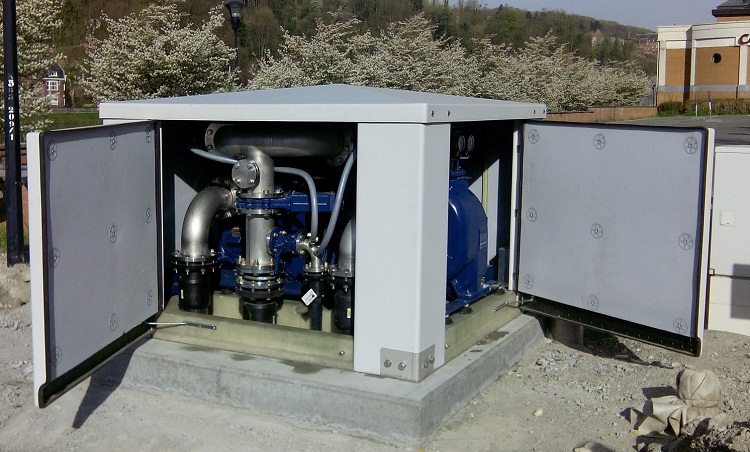
In the presence of a large volume of effluents and the presence of solid particles in them, a powerful pump equipped with a grinder should be installed
Note! The presence of such equipment makes it possible to reduce the cross section of the pressure pipe to 4 centimeters.
Since significant volumes of liquid are drained from pools or baths, pumps with high performance must be used for them, capable of ensuring uninterrupted operation for a long time. When choosing equipment, it is necessary to take into account the possibility of its functioning with water at temperatures up to 70 degrees, which comes from washing and dishwashers.
Pump Installation Rules
There are a number of rules that must be considered when installing pumps for pressure sewer networks:
- in the place of installation of the pump it is necessary to constantly maintain the temperature above zero;
- the site for installing the sewage pumping station must have access and be cleaned;
- at the bottom of the structure, it is necessary to place a support elbow having a special flange;
- pressure pipe rests on the elbow;
- in the upper part of the well, the pipe is attached with a bracket fixed to the wall of the structure;
- the channel must be mounted without stress and distortions;
- to eliminate reverse current on the pipeline, a valve and a check valve are provided;
- for raising and lowering the pump, a guide structure and a chain fixed on it are used;
- tight connection automatically occurs when the pump reaches the lower knee.
Pumping stations are divided into internal and external. The former are designed to drain effluents from one building and consist of a pump with a grinder and a plastic casing. Such a structure is usually installed in the basement.Outdoor stations facilitate the transfer of effluents from several houses. They pump liquid from the tank, where sewage flows by gravity, and then into the existing sewage system or sewage treatment plant.
Storm sewage
Stormwater - this is the type of sewage system that is used to drain rain and melt water from roofs of buildings or other places on the site. To do this, funnels, gutters are used, after which water enters the drainage system. Without such a system, moisture stagnates, which slows the growth of plants, and undermines the foundation.
Equipping a new or changing the old storm sewer system, situations may arise when it is impossible or very difficult to ensure the effectiveness of its work:
- users are located below the level of the city collector;
- it is not possible to perform the required pipe slope;
- there is no possibility of replacing pipes of a larger cross section.
In this case, pressurized storm sewer is used.
Note! Pumps with shredders, which are part of the structure, grind the garbage (paper, foliage, branches) located in the drains, and pump the contents at a speed of 1-2 meters per second. This is the most optimal speed mode in which the walls of the pipeline can self-clean.
The service life of a pressure storm storm is at least 50 years. Pumping equipment, as a rule, is designed to work up to 30 years. The installation of pressure head stormwater is used less often than gravity, but it is indispensable when it is necessary to raise water from the basement to ground level, as well as in enterprises where it is necessary to clean rain drains, which can cause harmful substances.
With correctly performed calculations and high-quality installation, a pressure sewer network is able to provide residents of a private house with a high level of comfort.
